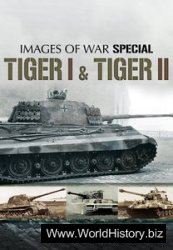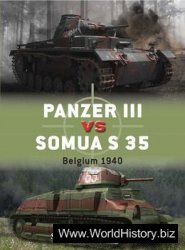Experimentally-based analyses of archaeological materials, such as lithic use wear analyses, the chemical analysis of pottery, the study of artifact production sequences, as well as taphonomy have emerged at the vanguard of middle range approaches in archaeology. These studies draw from other bodies of theory - usually anchored in the hard sciences - to identify the natural and technical processes that impact the creation of the archaeological record. They have dramatically increased the amount of variation that can be routinely studied in archaeological remains and they have successfully identified many of the technological constraints that influence material patterns. Because they draw from the hard sciences, they have also proven particularly effective in identifying causal relations that likely hold across both time and space and thus provide a secure basis for archaeological inferences about the past. The primary drawback of this form of middle range research has been the limited scope of the knowledge that it has produced, which rarely addresses the broader social and cultural processes of interest to archaeology.
In contrast, ethnoarchaeology encountered several difficulties in achieving the middle range goals that were established for it. Unambiguous material correlates failed to materialize as ethnoarchaeology discovered that human societies were much more diverse than originally expected. The suggested inductive emphasis to ethnoarchaeological research proved particularly detrimental in the face of this complexity because, as anthropologists had long known, theoretical frameworks are absolutely essential to rendering fluid human acts in meaningful units for analysis. Ethnoarchaeology thus faced a conundrum: if its middle range research remained inductively focused, it risked producing eclectic and irrelevant findings, but if it drew on familiar archaeological theories for guidance, it risked violating the very independence that made its middle range research important in archaeology’s epistemology.
Ethnoarchaeology’s inability to find the material correlates has resulted in a radically expanded concept of ‘the middle range’. The most successful ‘middle range approaches’ use high-tech analysis anchored theoretically in the hard sciences to identify a limited set of causes of the archaeological record. This research closely matches processual archaeology’s conventional definition by pairing independence with a study of the causes of material patterning. Colloquial uses in archaeology continue to see middle range theory as the study of behavioral-material ties, but often do not stress independence. Marxists, for example, have recently called for the development of middle range theories that identify how the extraction of surpluses and the workings of ideology affect archaeological patterns. The goal here is to examine how processes deemed important to a particular general theory are reflected in material culture, rather than to call for the development of a body of theory that is entirely independent from it. Other, philosophically inspired re-analyses of middle range theory have pointed out that all archaeological interpretations inevitably make inferences about behavioral-material relations. They have also noted that the independence once considered to be an unique outgrowth of middle range research’s distinctiveness from archaeological theory is actually found in varying degrees in all bodies of theory. Independence may occur when different theories fragment horizontally, as occurs when archaeology uses data developed in the harder sciences, or vertically, as when higher level theories fail to entirely define the data it investigates.
The implication is that the concept of ‘the middle range’ may have outgrown its usefulness because it no longer refers to a specific set of approaches or a definable body of theory.
On the other hand, recent trends following the processual-postprocessual debate suggest that Merton’s original definition may make a comeback. Archaeologists are now re-emphasizing mid-level research topics such as gender, style, and agency that are not tied to specific general theories and thus closely resemble the ‘middle range theories’ Merton hoped to foster in sociology. Therefore, archaeological uses of the concept of ‘the middle range’ may relate to one or any combination of the following: site-formation processes, behavioral-material relations, conceptual independence, and/or theories aimed at creating a balance of theoretical and empirical content.
See also: Behavioral Archaeology; Ethnoarchaeology; Experimental Archaeology; Explanation in Archaeology, Overview; Interpretive Models, Development of.




 World History
World History









